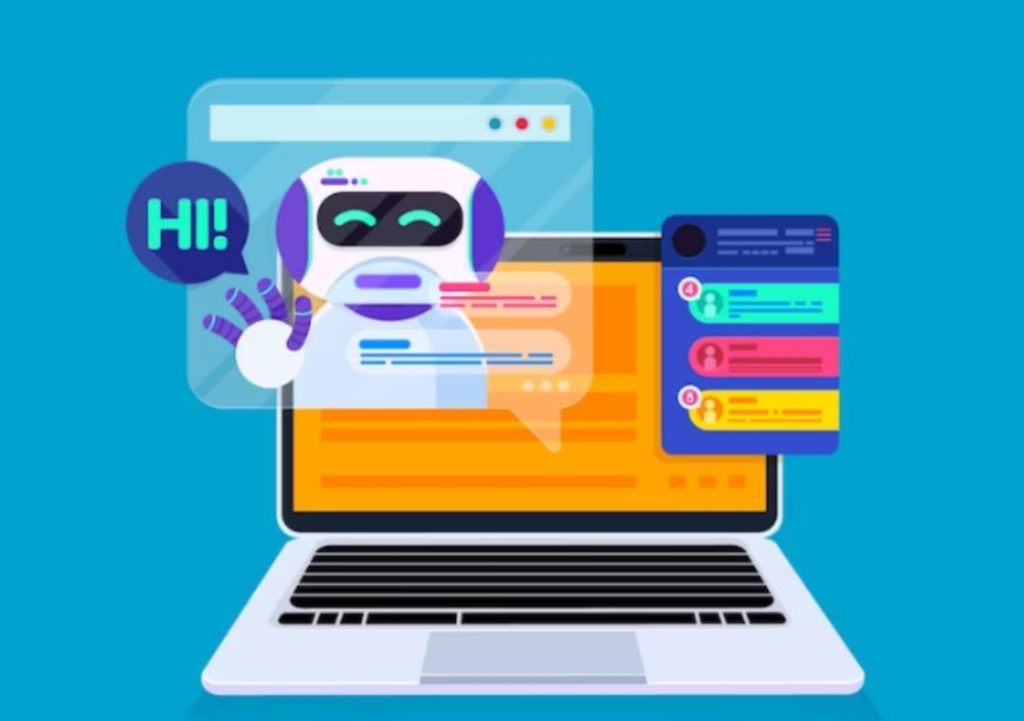
Virtual Assistants & Chatbots Power 24/7 eCommerce Support
The world of eCommerce has undergone a significant transformation in recent years, with the rise of artificial intelligence (AI) and machine learning (ML) technologies. One of the most significant changes has been the introduction of virtual assistants and chatbots, which have revolutionized the way businesses provide customer support. In this blog post, we’ll explore the impact of AI-driven chatbots on eCommerce support and how they’re changing the game for online retailers.
The Need for 24/7 Support
In today’s fast-paced online world, customers expect immediate responses to their queries. A study by Oracle found that 80% of customers expect a response within 24 hours, while 30% expect a response within one hour. Failing to meet these expectations can lead to frustrated customers, abandoned shopping carts, and a loss of business.
Traditionally, customer support teams have been limited by their working hours, making it challenging to provide around-the-clock support. This is where virtual assistants and chatbots come in – they can operate 24/7, providing instant responses to customer inquiries.
How Chatbots are Changing the Game
Chatbots are AI-powered software programs designed to simulate human conversations. They use natural language processing (NLP) and machine learning algorithms to understand and respond to customer queries. Here are some ways chatbots are changing the game for eCommerce support:
- Fast and Accurate Responses: Chatbots can respond to customer queries in real-time, providing instant answers to frequently asked questions (FAQs). This reduces the workload on human customer support teams, allowing them to focus on more complex issues.
- 24/7 Availability: Chatbots can operate 24/7, providing customers with support whenever they need it. This is especially important for businesses that operate globally, where customers may be in different time zones.
- Personalized Experiences: Chatbots can be programmed to understand customer preferences, behavior, and purchase history. This allows them to provide personalized recommendations and offers, enhancing the overall shopping experience.
- Improved Resolution Rates: Chatbots can quickly resolve simple issues, such as order tracking and returns, freeing up human customer support teams to focus on more complex problems.
- Reduced Support Tickets: By providing instant responses to customer queries, chatbots reduce the number of support tickets submitted to human customer support teams.
The Future of Chatbots in eCommerce
While chatbots have come a long way in recent years, there’s still room for improvement. The next generation of chatbots will be powered by advanced AI technologies, such as:
- Natural Language Processing (NLP): NLP enables chatbots to understand the nuances of human language, including tone, urgency, and context.
- Sentiment Analysis: Sentiment analysis allows chatbots to detect customer emotions and respond accordingly, providing a more empathetic and personalized experience.
- Machine Learning: Machine learning algorithms enable chatbots to learn from customer interactions, improving their response rates and accuracy over time.
Real-World Examples of Chatbots in eCommerce
Several eCommerce businesses have already leveraged the power of chatbots to transform their customer support experience. Here are a few examples:
- Domino’s Pizza: Domino’s Pizza uses chatbots to take orders and provide customers with updates on their delivery status.
- Sephora: Sephora’s chatbot helps customers find products, provides beauty advice, and offers personalized recommendations.
- Converse: Converse’s chatbot enables customers to track their orders, returns, and exchanges, as well as provides style advice and product recommendations.
Conclusion
Virtual assistants and chatbots are revolutionizing the world of eCommerce support. By providing fast, accurate, and personalized responses, these AI-driven chatbots are changing the way businesses interact with their customers. As the technology continues to evolve, we can expect to see even more advanced chatbots that can understand tone, urgency, and context, making the shopping experience feel human.
Sources:






